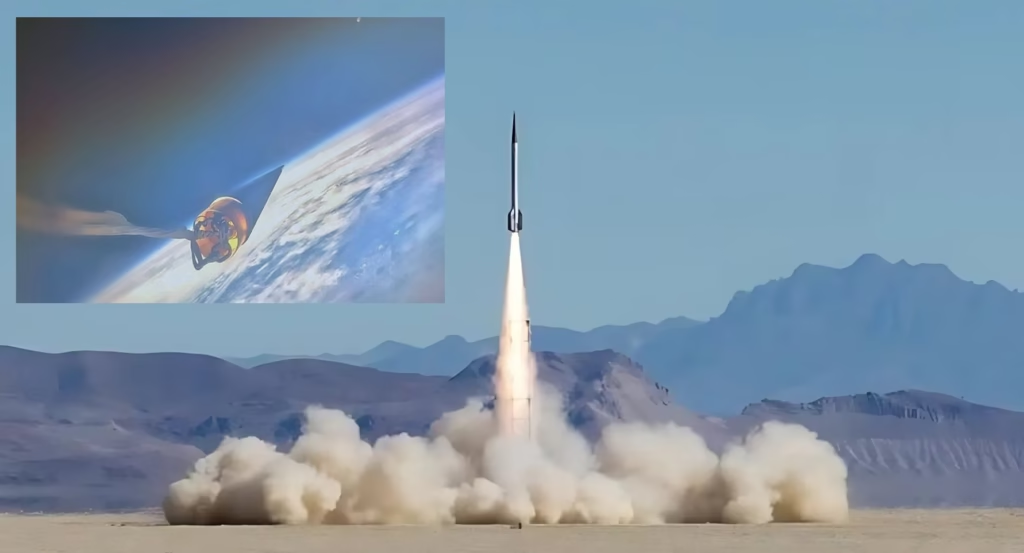In a stunning achievement, engineering students at the University of Southern California (USC) have shattered a 20-year-old world record for the highest altitude reached by an amateur rocket. The USC Rocket Propulsion Lab’s Aftershock II soared to an impressive 470,000 feet in October 2024, surpassing the previous record by a massive 90,000 feet.
The Rocket Propulsion Lab, part of USC’s Viterbi School of Engineering, has been on an ambitious journey to push the boundaries of student-built rockets. Back in 2019, the lab made headlines with Traveler IV, the first student-built rocket to pass the Kármán line, the internationally recognized boundary between Earth’s atmosphere and space. However, this time, the students set their sights even higher, aiming to break the record for the highest altitude reached by a non-governmental, non-commercial rocket, previously held by the Civilian Space Exploration Team (CSXT). CSXT’s GoFast rocket reached 380,000 feet back in 2004, a record that Aftershock II has now obliterated.
Aftershock II was designed with several key upgrades to ensure its success. The rocket’s avionics unit—the “brain” of the spacecraft—was improved for better flight position tracking and easier recovery. To protect the rocket during its extreme high-speed flight, it was coated with a special thermal protection system, and its fins were reinforced with titanium edges. These modifications were crucial, as the rocket reached a speed of 5,283 feet per second (Mach 5.5), breaking previous velocity records while reaching unprecedented altitudes.
The launch took place on October 20 from Black Rock Desert in Nevada. Despite the rocket’s intense conditions at hypersonic speeds, the protective coatings and materials held up beautifully. Ryan Kraemer, a mechanical engineering student and executive engineer at the lab, highlighted the rocket’s durability: “The titanium not only prevented fraying but actually turned blue from the intense heat during flight, which really demonstrates the extreme conditions our rocket successfully endured.”
After the flight, the team was able to recover Aftershock II, analyze its data, and publish a white paper detailing their findings. This incredible milestone is a testament to the ingenuity and determination of USC’s engineering students, showing what can be achieved with passion, creativity, and cutting-edge technology.




One Response
I’m really impressed with your writing abilities and also with the layout in your blog. Is this a paid theme or did you customize it yourself? Anyway stay up the nice high quality writing, it is uncommon to peer a great weblog like this one these days!